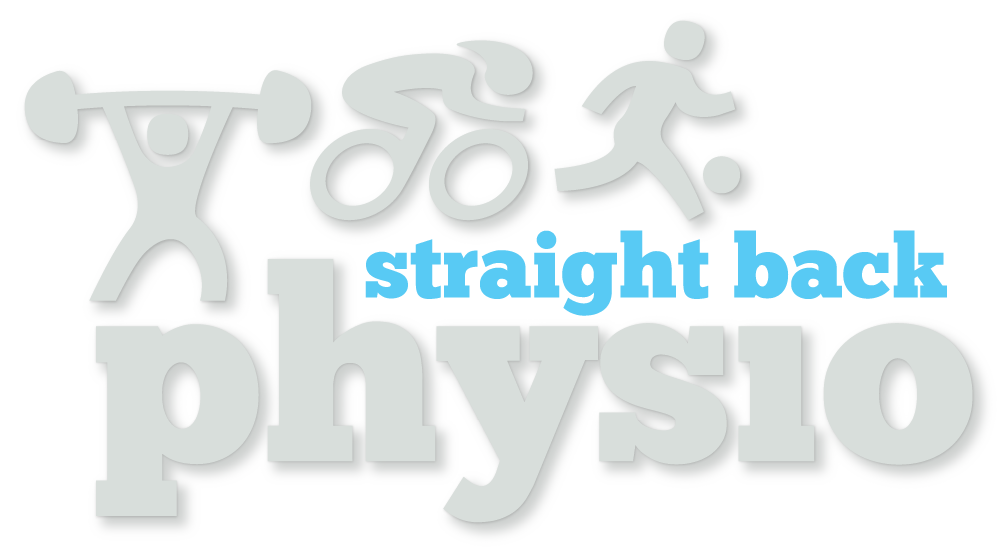sciatica treatment in Cheltenham
approach tailored to the cause, severity, and your lifestype
What Is Sciatica?
- Sciatica causes pain, tingling, or numbness that travels from the lower back into the buttock and down the leg.
- Symptoms vary, it isn't always felt all the way down, you may experience pain in different areas during recovery such as hip to knee pain, or knee to ankle pain.
- It can significantly disrupt daily life whether that is getting out of bed in the morning, experiencing driving with sciatica, and nothing makes you want to skip outside exercise like running with sciatica.
Why Use a Physiotherapist for Sciatica?
- Natural Pain Relief – Gentle, evidence‑based techniques reduce pain through movement, strengthening muscles, improving posture, and restoring mobility, without relying on medication or invasive procedures.
- Improved Mobility – Targeted exercises, manual therapy, and posture correction to restore flexibility, reduce stiffness, and strengthen your core, spine, and surrounding muscles giving better back support and freedom of movement.
- Posture Correction – Physiotherapy helps identify and correct poor posture by addressing muscle imbalances, teaching proper alignment, and prescribing targeted exercises that strengthen weak areas and release tight ones.
- Long‑Term Prevention – Evidence shows that by strengthening muscles, improving posture, restoring mobility, and lifestyle adjustments, patients can maintain a healthier spine and avoid recurring problems.
- Different Causes, Different Treatments – Sciatica can result from a herniated disc, spinal stenosis, muscle tightness, or nerve compression. Each cause requires a different strategy.
What Treatments May Include
- Manual therapy - Gentle spinal mobilisations and soft tissue massage to reduce muscle tension and improve movement. May include nerve gliding techniques to ease irritation of the sciatic nerve.
- Acupuncture - Reduce nerve irritation, eases muscle tension, stimulate natural painkillers, and improves mobility.
- Pilates - Strengthens the core, improves posture, and reduces pressure on the sciatic nerve. It's gentle, movements help ease pain, restore mobility, and prevent recurrence when practiced safely under guidance of a physiotherapist.
- Strengthening exercises - Focus on strengthening, stretching, and retraining movement to relieve pain and prevent injury. They are safe, progressive, and tailored to each patients needs, making them a cornerstone of rehabilitation..
- Stretching exercises - These are a key part of pain relief because they reduce stiffness, improve flexibility, and restore mobility in injured or overworked muscles. They are often combined with strengthening for complete rehabilitation.
- Postural training - Advice on posture, ergonomics, safe lifting techniques, and pacing daily activities. By improving alignment and movement habits, patients experience less pain, recover faster, and perform at their best.
What You Can Expect
Straight Back Physio combines expert physiotherapists, modern techniques, and personalised care to deliver lasting relief from sciatica pain, restore mobility, and reduce the risk of recurrence — all in a trusted Cheltenham clinic.

How Long Does Sciatica Last
The length of time that sciatica lasts can vary greatly from person to person, and in most cases it will go away within 6-12 weeks, but in about 30% of people they can still have symptoms after a year.
Sciatica may recur, especially if the underlying cause isn’t treated. For example, if you use improper lifting techniques and developed sciatica after herniating a disc, continuing to use that same lifting technique puts you at risk of injuring your back again. Ultimately, the sooner you go and get treatment for your sciatica, the more likely you are to find long-term relief.
Sciatica rarely needs surgery, however in the rare circumstance where the nerve is severely compromised then surgery may need to be considered.
How is Sciatica diagnosed
Sciatica is diagnosed by by physical examination, scans if necessary, and previous medical history history. We will be looking to determine the origin of your sciatic pain, such as muscle strength tests, nerve mobility tests, and testing your range of motion in the lumbar region.
These tests will usually involve checking:
- Walking, as sciatica often causes visible changes in how you walk.
- Straight leg raise test, where on the examination table we slowly raise your legs one at a time as ask when you start to feel the pain.
- Flexibility and strength checks to determine if other factors are causing or contributing to your sciatica.

Book now
If you're an active individual who is dealing with sciatica pain while driving, running or trying to work out at the gym, it's reassuring to know that physiotherapy typically doesn't involve scans or invasive procedures like cortisone injections or surgery.
It's crucial to remember that healing from sciatica can take time, but private physiotherapy treatment for sciatica can provide long-lasting relief for most people.
We understand that some people may want to find out a bit more about the cost before they book an appointment at our physiotherapy clinic. Our unique save as you recover packages can save you up to 20% on the cost of a single session.
Insured
For insured clients we can either work directly with your insurance provider or offer receipts for cash-based plans, allowing you to reclaim your expenses.
Not Covered by Insurance
If you want see the best physiotherapist in your area, feel free to book an appointment at our Cheltenham physiotherapy clinic without needing a referral from your GP.
Why Choose Us
No other local physiotherapy clinic can match our level of expertise and rehabilitation services, thanks to our extensive experience and in-house gym facilities. You'll receive the full benefits of physiotherapy through a tailored combination of interventions designed to guide you on your path to recovery.

